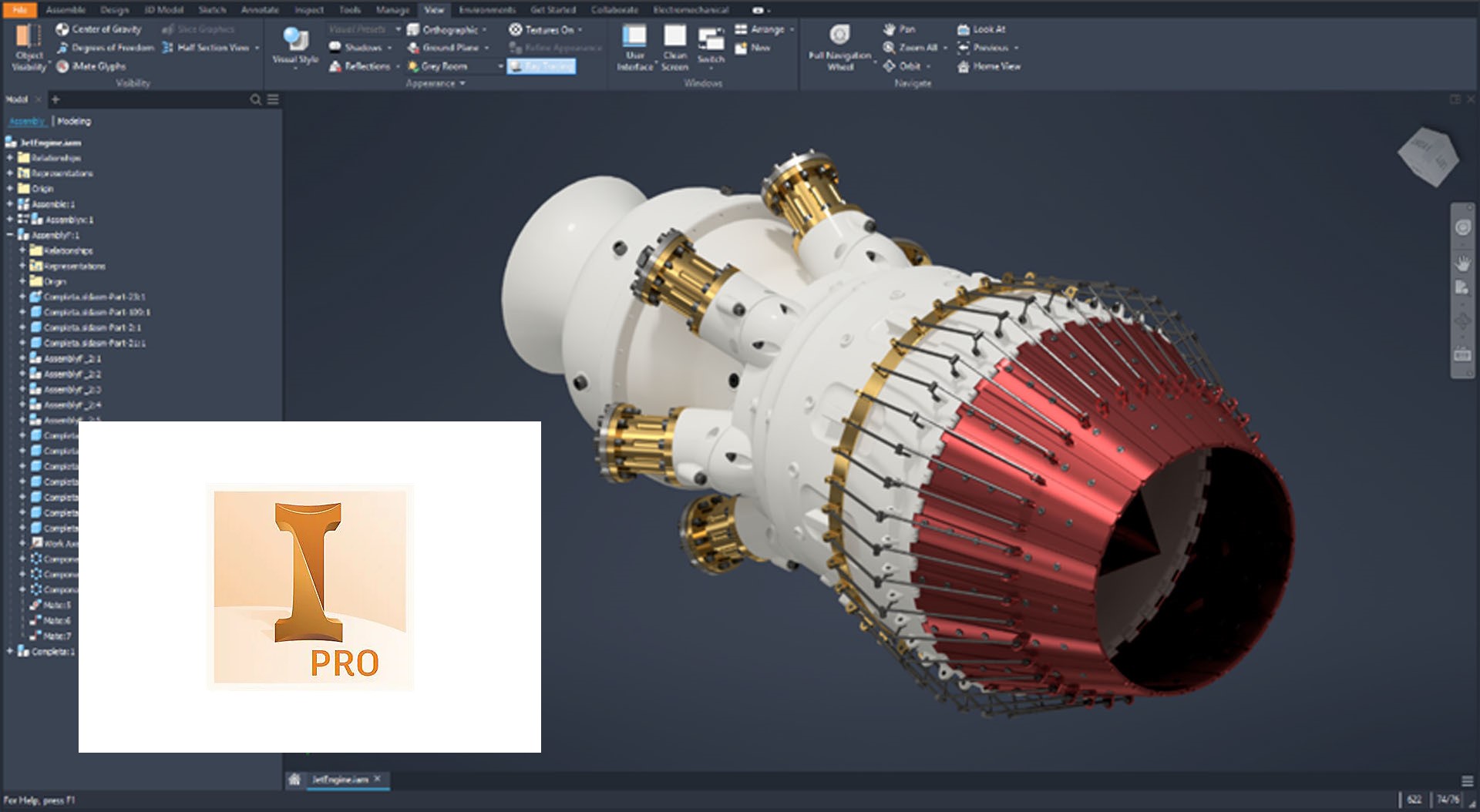
Spreadsheets are the king of project management support tools because they are the most convenient tool to use and the most frequently used tool. How do they compare to project management buy adobe acrobat pro 2022? What are the benefits of each and when should you make the switch to project management software? While only you can make the determination as to when you should make the switch, this article will walk through the benefits of each and provide some guidelines.
Depending on which research you rely on, the market for project management software is between $1.5 billion and $3.5 billion. That is for buy adobe acrobat pro 2022 that is specifically designed to support project management. Most organizations that have made significant efforts towards effective project management have recognized that it is very difficult to manage a greater number of projects and people, or a larger project, without the support of technology.
Yet there is no tool for project management that is more popular or widespread than the spreadsheet, despite the fact that spreadsheets are not designed to be project support tools. Even in organizations with an established project management tool, spreadsheets are used. There are obvious reasons for this. A spreadsheet program is on almost every computer in every organization, people are familiar with spreadsheets and how to use them, and people are pre-disposed to use these “office” types of buy adobe acrobat pro 2022 tools to solve problems. And I am right there with them. I love using spreadsheets to track all kinds of data. It is easy, convenient, and I admit ego-boosting to show off what I can do in a spreadsheet.
With that in mind, let’s look at some of the differences between these two different types of tools. For the purposes of this article, I selected six criteria by which to make the comparison. These were selected from the feedback of customers and prospects as well as learning what is important for the successful adoption and implementation of project tools within an organization.
Data Mining
Data mining is a huge part of project management tools. The whole reason for having a tool is to collect data, so that you can look intelligently at that data, make sure your processes are performing as advertised, and make good decisions. You need to know which projects and tasks are slipping through the cracks so that you again react. You need to know when you will not have enough resources to meet demand so that you can allocate them properly or manage the demand. You need to know which issues are lurking so that you can address them now before you lose the favor of a critical customer. And you need to see how your processes are working so that you can continuously improve your processes.
In today’s economy, competitive landscape, and accountability standards you must have the data. Managers are getting blindsided because they do not know what is coming and what is going on. This is where the right project management software tool shines and spreadsheets fade. A good project management tool will be database-oriented and should allow for different types of ad hoc reporting across multiple projects. This enables the mining of all kinds of data. You simply cannot do this in a spreadsheet at the same level. If you really, really know what you are doing it is possible to tie spreadsheets together and generate some integrated data. But that is not the same thing. You simply cannot, on a whim, mine into the data represented in your multiple spreadsheets. And in today’s environment, this is critically important. Gone are the days when not having the right data is acceptable.